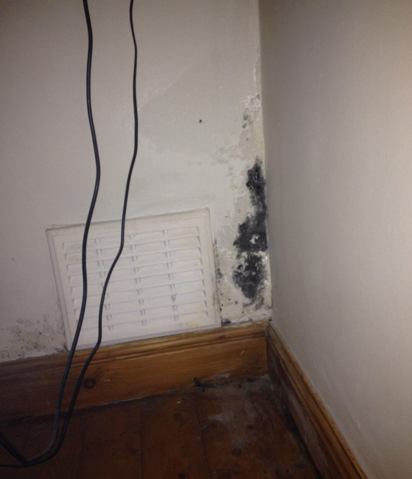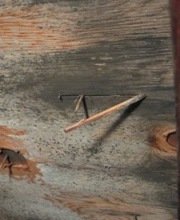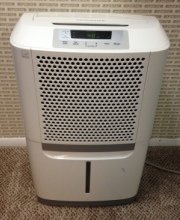Find a Mold Specialist Now
Click or Call, Toll-Free 24/7
Fusarium in the Home
Fusarium is a common type of mold that can be found just about everywhere. Outdoors, it is often found on soil and on plants. It can be found on plants indoors, as well, and on many types of food. It can grow on many other surfaces indoors, particularly those that have suffered water damage. You might find it in any room of the house and in fact, since mold spreads easily from room to room, if you discover it in one room, you should inspect the rest of the home carefully.
What Does It Do to Your Home?

Like all strains of mold, fusarium can cause significant damage to your home. As mold grows, it literally eats away at materials like drywall and wood, and given enough time, walls, ceilings and floors can crumble and collapse, destroying your house. You can read more about how mold damages a home.
What Does It Do to Your Health?
In addition to damaging your home, fusarium can make you sick. Like most other kinds of mold, this one can cause a variety of health problems, some of them quite serious. Health problems due to this strain of mold are most common in people with weakened immune systems. Infections do sometimes occur in previously healthy individuals, but that is less common.
This type of mold often causes skin infections. It can also cause allergic reactions, symptoms of which may include sneezing, runny nose, sore throat, itchy eyes, and a rash or hives. It can cause other, more serious infections and conditions, as well. Some are life-threatening.
Other health problems that may be caused by this type of mold include:
Cystitis – inflammation or infection of the bladder
Endophthalmitis – an infection of the eye, which can lead to loss of vision
Osteomyelitis – an infection of the bone
Septic arthritis – an inflammation of the joint caused by fungal infection
Brain abscess – a pus-filled swelling in the brain, which is life-threatening
Most infections occur when a small amount of mold enters a break in the skin or tissue. Inhaling mold spores can trigger respiratory problems or allergic reactions and in some instances, just touching the mold can cause an allergic reaction.
Ingesting food that has been contaminated with the mold also causes illness. Don't eat food that has visible mold on it (just cutting off the moldy part isn't good enough because the rest might look all right but still be contaminated) or food that looks or smells odd. Make sure food is stored properly to avoid mold or other contaminants.
Removing Fusarium from the Home
You may not know for certain what type of mold is in your home and the Centers for Disease Control and Prevention (CDC) says that in most cases, you don't really need to know. All types of mold are potentially harmful and the CDC advises homeowners to remove mold, or have it removed by a professional, as soon as possible. If you want to know what kind of mold is in your home, you can have it tested. You can read more about mold testing here.
Regardless of what kind of mold is in your home, you need to get rid of it. Prolonged exposure to mold increases the risk to your health and the longer mold is allowed to remain in your home, the more damage it is likely to do.
Some homeowners prefer to handle mold removal themselves. If you fall into the do-it-yourself camp, make sure you use the appropriate personal protective gear, including disposable gloves and an N-95 face mask. Make sure you take steps to prevent the spread of mold to other areas of the home during the cleanup process, as well. The work area should be blocked off so mold spores can't drift to other areas and any moldy materials that must be removed should be sealed in heavy plastic bags before you carry them out of the house. You can find more do-it-yourself mold removal tips here.
If you need help with mold removal – and it's recommended you have a professional do the work for you if you're experiencing mold-related health problems or if your immune system is compromised in some way – we suggest scheduling a free consultation in your home with a mold removal professional. Even if you end up deciding to do the work yourself, you can benefit from some free expert advice. To find qualified mold removal professionals offering free in-home consultations in your area, just follow the link.
Return From Fusarium To Our Main Mold Types Page
Privacy Policy Terms and Conditions Accessibility Do Not Sell My Information Disclaimer Contact Us




